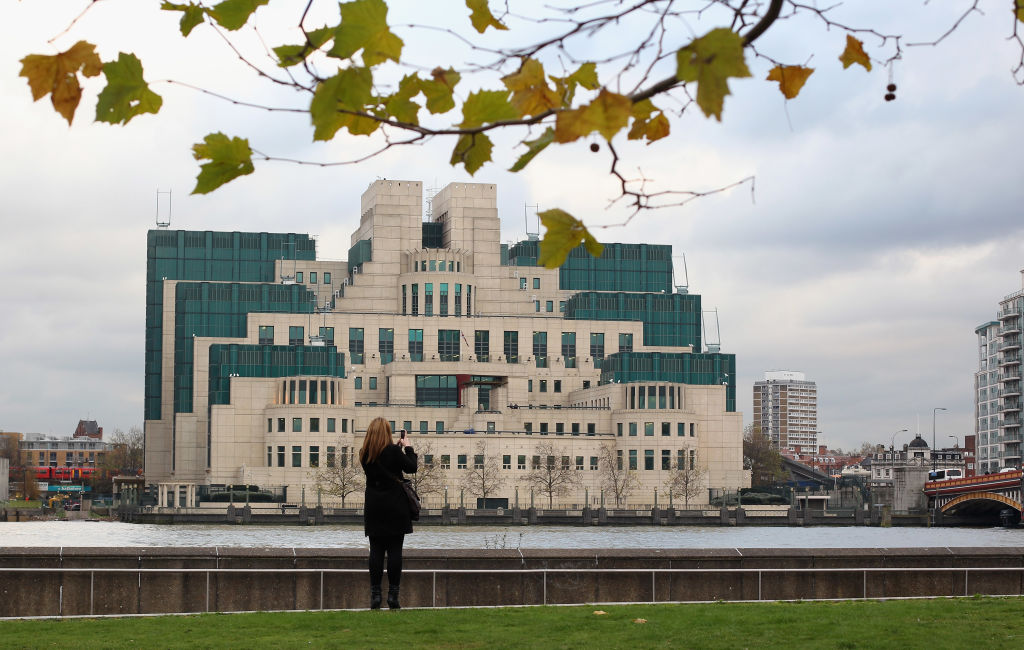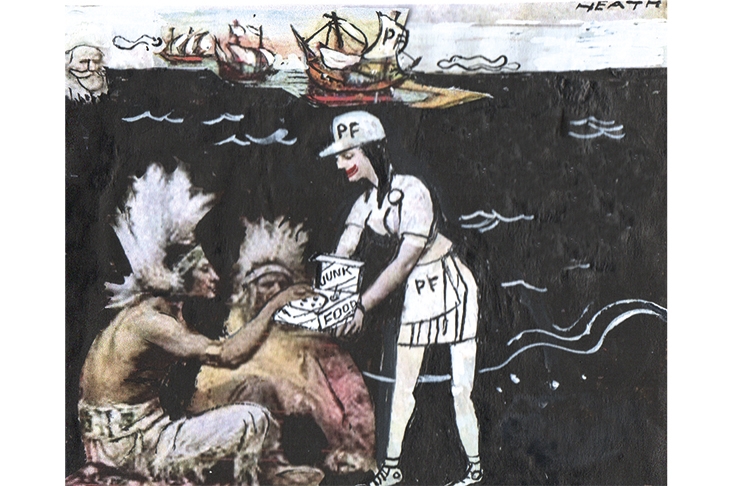Somewhere in an office on the south bank of the Thames, a man is writing in green ink and signing himself simply ‘C’. He is doing these things because all of his 16 predecessors have done so since 1909. Sir Richard Moore is Chief of the Secret Intelligence Service (SIS), more popularly known as MI6, the only employee of the organisation whose name is made public, and he will soon step down after five years in the role.
SIS is Britain’s foreign intelligence organisation, collecting and analysing human intelligence overseas to protect the United Kingdom’s national interests, inform the government’s strategic understanding of the global situation and support counter-terrorism, counter-proliferation and cyber security. Its domestic counterpart is the Security Service, MI5, while signals intelligence, information assurance and the lead on cyber security falls within the remit of the Government Communications Headquarters (GCHQ).
Britain’s intelligence agencies have traditionally been addicted to secrecy. They were not placed on a statutory basis until the Intelligence Services Act 1994, before which ministers did not even formally acknowledge that SIS existed. During the Profumo affair in 1963, then-prime minister Harold Macmillan, questioned about intelligence, warned the House of Commons, ‘it is dangerous and bad for our general national interest to discuss these matters’.
Moore has been a figure of change since becoming Chief in 2020. He has maintained a social media presence on Twitter/X as @ChiefMI6, and made several public appearances and speeches. He addressed the International Institute for Strategic Studies on ‘Human Intelligence in a Digital Age’ in 2021, and last year was the first head of SIS to appear alongside his American counterpart, CIA director Bill Burns.
This is a level of openness unthinkable within living memory. The Labour peer Baroness Ramsay of Cartvale was a senior SIS officer before retiring in 1991, but more than 30 years after leaving the service she remains guarded and discreet about the details of her career (and SIS itself will neither confirm nor deny she was ever an employee).
Ramsay was rumoured to be a candidate for C in the early 1990s, but that touches on a fact that has brought Moore’s departure to the headlines: despite Dame Judi Dench making her debut as James Bond’s boss M 30 years ago in GoldenEye, a woman has never run SIS in real life. By contrast, there have been two female directors general of MI5 (Dame Stella Rimington and Baroness Manningham-Buller) and Anne Keast-Butler became Director of GCHQ in 2023.
That may be about to change. To find Moore’s successor, the Cabinet Secretary, Sir Chris Wormald, is writing to departments across Whitehall for nominations for the role, but an outsider has not been appointed as C since Sir John Rennie, a Foreign Office mandarin, was given the job in 1968. Within the organisation, however, three of the four directors-general who report directly to the chief are women: the deputy chief, responsible for strategy; the director of operations; and the head of technology. At least two are expected to apply for Moore’s position.
The decision will be made by the Foreign Secretary, David Lammy, who has ministerial oversight of SIS and GCHQ, on the recommendation of an internal interview panel. It must then be approved by the Prime Minister. There can be – one would hope – no suggestion of appointing a woman simply on the basis of sex, but with two or three qualified female candidates within the service, making an obvious break with the past may be no bad thing.
Public scrutiny of intelligence agencies is challenging. But there is a sense that the UK’s intelligence community needs a new injection of transparency; the Intelligence and Security Committee of Parliament, a statutory body rather than a select committee, has repeatedly found its reports delayed or blocked by Downing Street in recent years, and the public has a limited awareness of what SIS actually does. James Bond, despite official protestations to the contrary, still looms large in public perception of intelligence.
Another major challenge for the next Chief of SIS will be the relationship with Washington. The UK and the United States have traditionally enjoyed exceptionally close co-operation on intelligence and are founding members of the Five Eyes alliance, which now includes Canada, Australia and New Zealand. But that can no longer be guaranteed under a Trump presidency. Peter Navarro, a senior counsellor to the President, has allegedly proposed expelling Canada, while UK intelligence chiefs are wary of sharing intelligence now that the contrarian and inexperienced Tulsi Gabbard is US Director of National Intelligence.
In some areas SIS remains one of the world’s best intelligence organisations. The next C might be well advised to be proactive and embrace transparency and accountability on his – or her – own terms. Spies may work in the shadows but they ultimately rely on public support and trust. Strengthening those, at home and abroad, will be a pressing priority.








Comments